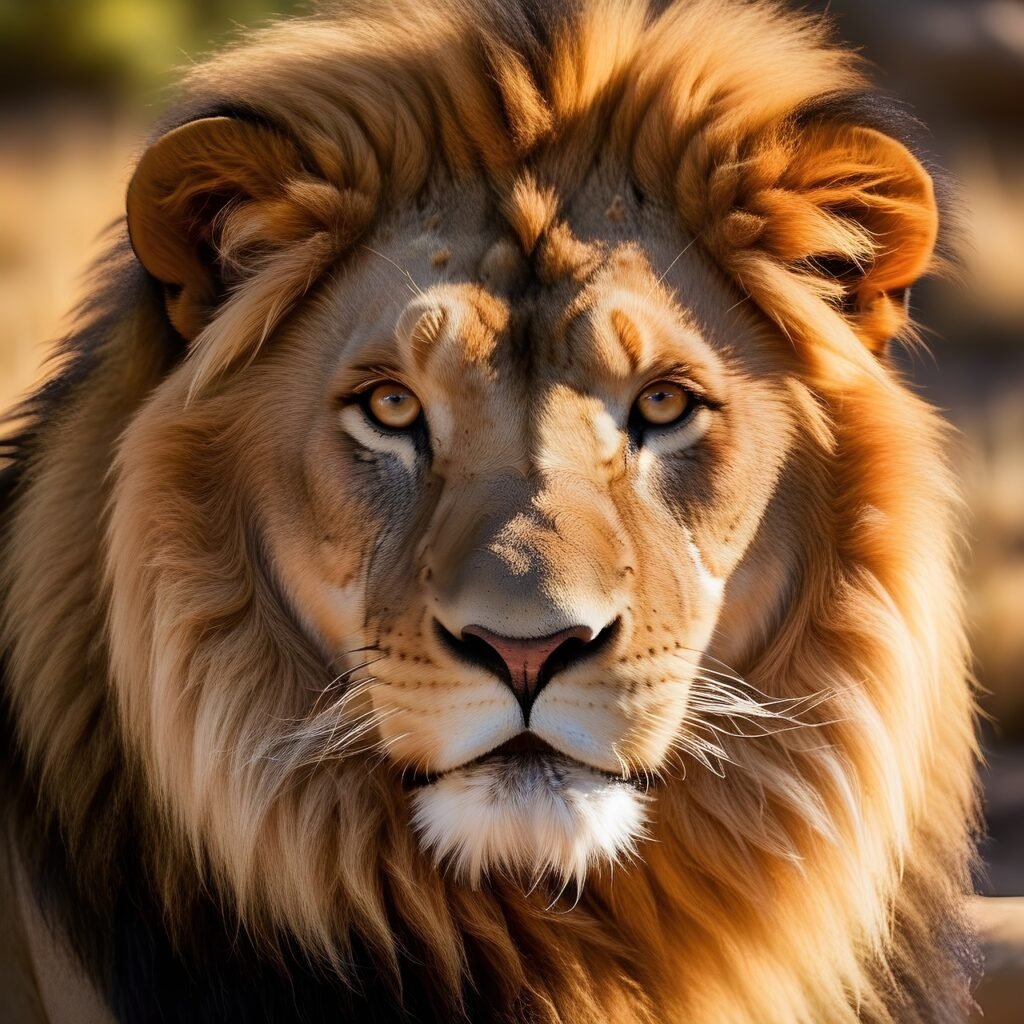How Animals Master the Art of Seeing in the Dark!
In the mesmerizing realm of the animal kingdom, the ability to navigate the darkness with unmatched precision remains one of nature’s most fascinating phenomena. Ever wondered how animals effortlessly traverse the night, avoiding obstacles and hunting their prey? Let’s unravel the secrets behind their exceptional night vision.
The Marvel of Nocturnal Adaptations
Many nocturnal creatures possess specialized adaptations that set them apart in the moonlit world. From owls to cats and various insects, their night vision capabilities are truly remarkable. These adaptations include enhanced light-gathering structures in their eyes, such as larger corneas and pupils that dilate extensively in low light conditions.
Tapetum Lucidum: Nature’s Nighttime Reflector
At the core of many animals’ exceptional night vision lies a unique feature called the tapetum lucidum. This reflective layer behind the retina bounces light that passes through the photoreceptor cells back into their eyes. This additional opportunity for light absorption significantly boosts their ability to see in low-light environments.
Rod Cells and Photopigments: Building Blocks of Night Vision
In the quest to understand how animals see in the dark, it’s essential to explore the role of rod cells and specialized photopigments. Unlike cone cells responsible for color vision in bright light, rod cells excel in low-light conditions. These cells contain light-sensitive pigments like rhodopsin, crucial for detecting even the faintest traces of light.
The Infrared Advantage: Snakes and Pit Vipers
Some animals take night vision to the next level by harnessing infrared radiation. Snakes, particularly pit vipers, possess specialized pits on their faces capable of detecting infrared heat emitted by prey. This unique ability gives them a distinct advantage, allowing them to locate warm-blooded animals even in complete darkness.
In conclusion, the world of nocturnal vision in animals is a captivating journey into the intricate adaptations that enable them to thrive in the dark. From the mesmerizing tapetum lucidum to the extraordinary sensitivity of rod cells, nature has equipped these creatures with awe-inspiring tools for nocturnal survival.

